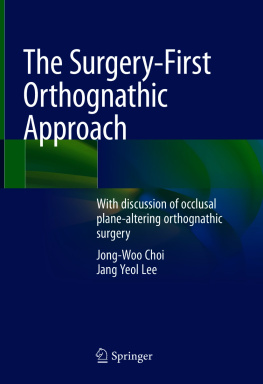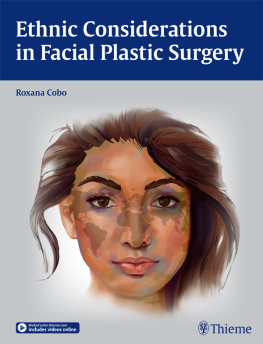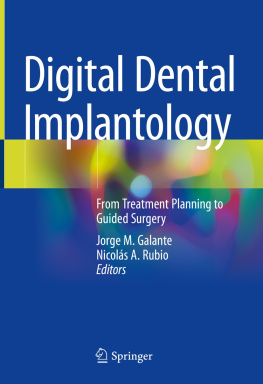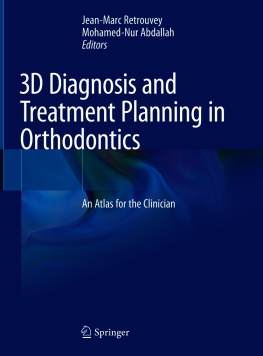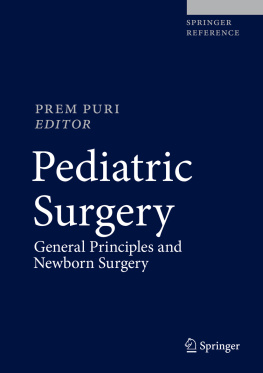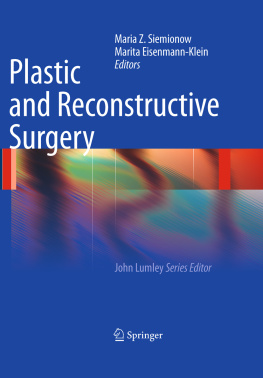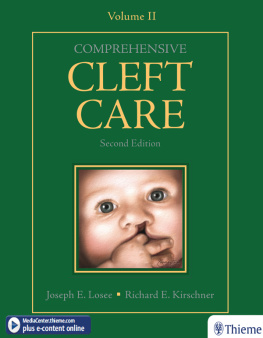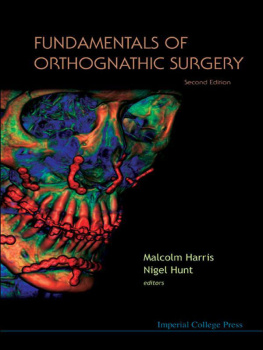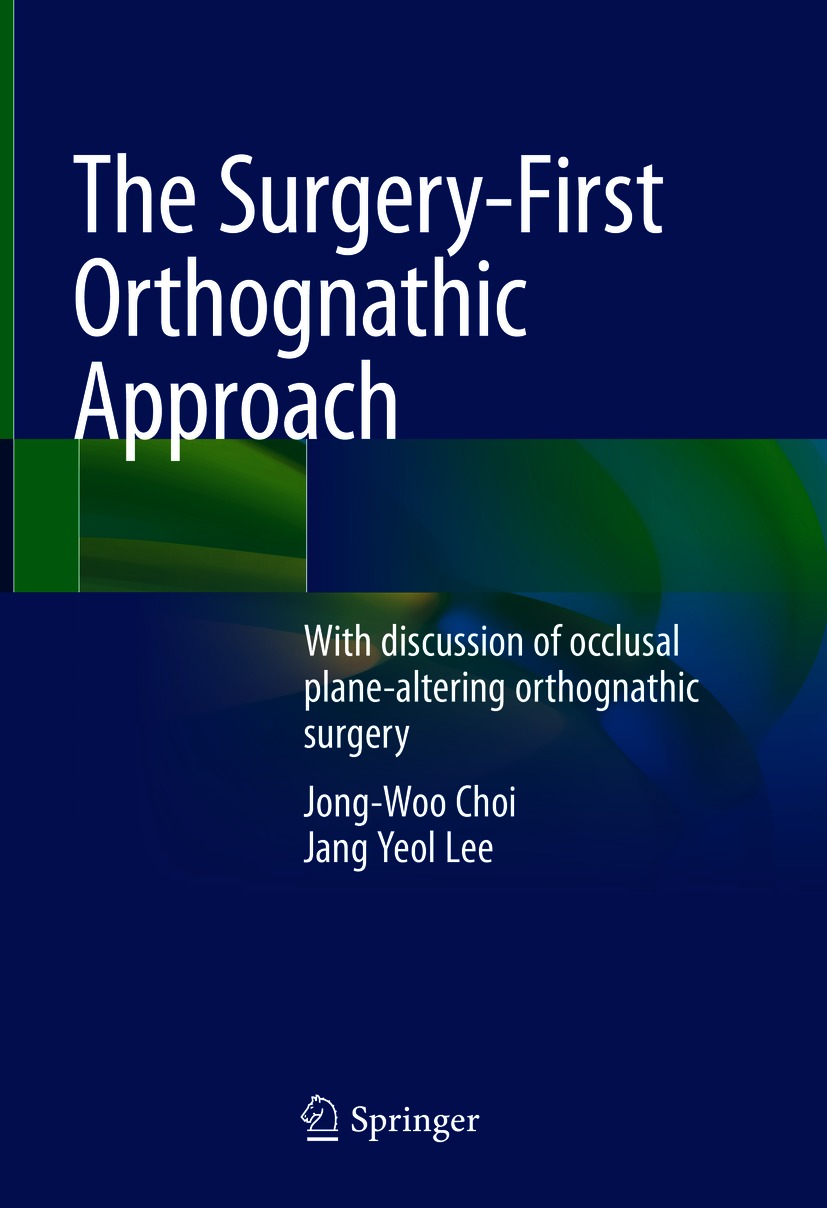Jong-Woo Choi
Department of Plastic Surgery, Asan Medical Center, Seoul, Korea (Republic of)
Jang Yeol Lee
SmileAgain Orthodontic Center, Seoul, Korea (Republic of)
ISBN 978-981-15-7540-2 e-ISBN 978-981-15-7541-9
https://doi.org/10.1007/978-981-15-7541-9
Springer Nature Singapore Pte Ltd. 2021
This work is subject to copyright. All rights are reserved by the Publisher, whether the whole or part of the material is concerned, specifically the rights of translation, reprinting, reuse of illustrations, recitation, broadcasting, reproduction on microfilms or in any other physical way, and transmission or information storage and retrieval, electronic adaptation, computer software, or by similar or dissimilar methodology now known or hereafter developed.
The use of general descriptive names, registered names, trademarks, service marks, etc. in this publication does not imply, even in the absence of a specific statement, that such names are exempt from the relevant protective laws and regulations and therefore free for general use.
The publisher, the authors and the editors are safe to assume that the advice and information in this book are believed to be true and accurate at the date of publication. Neither the publisher nor the authors or the editors give a warranty, expressed or implied, with respect to the material contained herein or for any errors or omissions that may have been made. The publisher remains neutral with regard to jurisdictional claims in published maps and institutional affiliations.
This Springer imprint is published by the registered company Springer Nature Singapore Pte Ltd.
The registered company address is: 152 Beach Road, #21-01/04 Gateway East, Singapore 189721, Singapore
Preface
The surgery-first approach (SFA) or the surgery-first orthognathic approach (SFOA) can be defined as an approach based on going directly to orthognathic surgery without presurgical orthodontic treatment, which used to be a pre-requisite for traditional orthognathic surgery. Therefore, SFA is a concept that is not only challenging the status quo but is also a new paradigm in craniomaxillofacial surgery.
In the early 2000s, some Korean orthodontists started the modern concept of surgery-first approach under the name of functional orthognathic surgery which means that postsurgical orthodontic treatment could be more effective and functional compared to presurgical orthodontic treatment. And they had already published the surgery-first concept in The Korean Journal of Clinical Orthodontics. This article clearly addressed and described the surgery-first orthognathic approach without presurgical orthodontic treatment, which is the fundamental basic concept underlying our current surgery-first approach.
I have cooperated with this orthodontic group since 2006 for the surgery-first approach and found out the surgery-first approach could work very well in many cases. Now that we could get the clinical results in our practice consistently for the last 15 years and have proved the efficacy and validity based on numerous SCI articles, I , JW Choi, and my partner orthodontist, JY Lee, thought that it is time for writing a book in order to share our clinical experiences and knowledge about our surgery-first approach. This book is the result of our hard work and essence of our collaboration for the last 2 years for completing this book.
Regardless of the specialty, we hope this book will help the surgeon and orthodontist understand the modern surgery-first approach and be able to apply this concept to their clinical practice, which would be not only a very effective tool but also a paradigm shift in orthognathic surgery.
Finally, as a surgeon, I am very grateful that my teachers, BY Park, DH Lew, and YO Kim, who guided me to the world of craniofacial surgery. In addition, I thank YR Chen, Philip Chen, LJ Lou, Sabine Girod, NC Gellrich, and Eduardo Rodriguez who helped me learn the updated techniques in craniofacial and orthognathic surgery. Lastly, I appreciate the consistent support of KS Koh and JP Hong as mentors in my life. Without all of them, I would not be what I am now.
As an orthodontist, I am extending my sincere appreciation in memory of Dr. William R. Proffits enthusiasm for making the cornerstone of surgical orthodontics. And I would like to express my deep gratitude to Dr. HS Baik, who has given me the philosophy of treating patients with surgery, and Dr. YC Park, who has played a pioneering role in TADs and taught me. Also, I am grateful to professors of the Department of Orthodontics at Yonsei University and Dr. KJ Kim and Dr. TK Kim.
Jong-Woo Choi
Jang Yeol Lee
Seoul, Korea (Republic of) Seoul, Korea (Republic of)
About the Author
Jong-Woo Choi MD, PhD, MMM
Dr. Jong-Woo Choi (J.W. Choi) was born in 1970 and raised in Seoul, South Korea. He earned a MD degree from Yonsei University in 1996. He pursued Plastic and Reconstructive Surgery training at Severance Medical Center/Yonsei College of Medicine in Seoul and completed his residency. He continued on to the Medical College of Ulsan where he earned his PhD degree. He got the Master of Medical Management (MMM) degree in Marshall School of Business, University of Southern California (USC), US. He is a craniomaxillofacial surgeon and microsurgeon and professor & chair of plastic & reconstructive surgery in Seoul Asan Medical Center.
His career goal is to contribute to restore the patients deformities and heal the patients with craniomaxillofacial surgery and microsurgery. To combine the craniofacial surgery and microsurgery has positioned himself to take on the most difficult reconstruction cases. He is recognized among international peers for his pioneering works on orthognathic surgery and craniofacial surgery such as surgery-first orthognathic surgery without presurgical orthodontic treatment, one-piece cranioplasty without Bandeau based on numerous SCI articles. In addition, he has also performed more than 1,200 cases of microsurgical head and neck reconstructions such as dynamic tongue and pharynx reconstruction using various perforator flaps. He also spends a great deal of time in research. His area of research is in bone regeneration using BMP-2, 3D printing scaffold and stem cells including computer simulation and 3D printing technology.
He has participated in writing my books and the chapters including Asian facial cosmetic surgery of the new 1st, 2nd Edition Plastic Surgery Textbook authored by Peter Neligan. He has received numerous awards from the Korean Society of Plastic and Reconstructive Surgery (KSPRS). Between 2005 and 2010, he received the best paper awards 5 times from KSPRS. And he was selected as a Young Plastic Surgeon of the Year in 2008. He has been participating more than 10 international meetings a year as a lecturer.
He was a international fellow of AOCMFS in Hanover, Germany under N.C. Gellrich and a visiting professor in department of plastic surgery in Stanford university, Shock Trauma Center, University of Maryland and MD Anderson Medical Center between 2011 and 2012 with Sabine Girod, Eduardo Rodriguez and David Chang.

